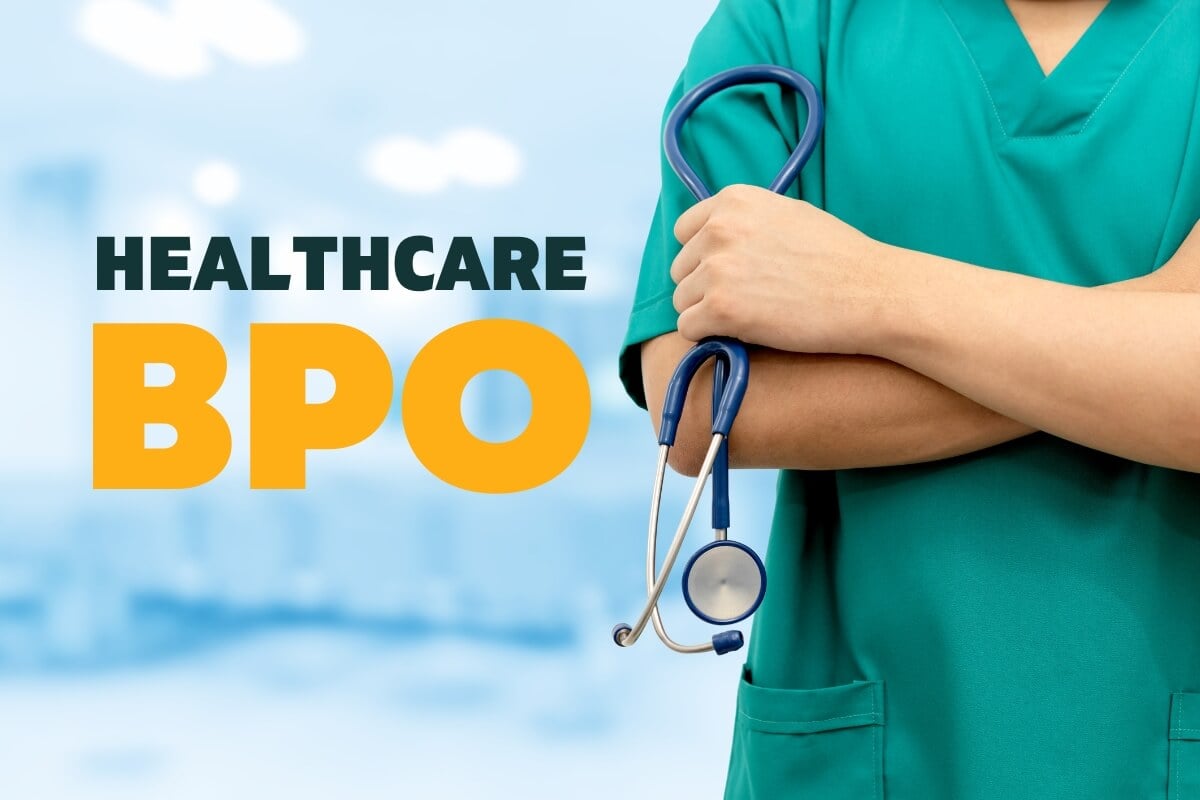A Comprehensive Overview on Just How Health Care RCM Functions to Simplify Invoicing and Collections
Browsing the intricacies of medical care earnings cycle management (RCM) is vital for providers aiming to enhance their invoicing and collections processes. The overview unboxes the ins and outs of RCM, from client registration to balance dues management, offering understandings into enhancing each step. Integrating innovative innovation and standardized treatments can considerably lower insurance claim rejections and speed up payment cycles. Yet, real challenge depends on flawlessly combining these aspects to boost money flow. As we discover the core components and strategies that drive efficiency, one question remains: exactly how can healthcare entities finest position themselves to prosper economically in an ever-evolving sector?
Comprehending Profits Cycle Management
RCM is a vital administrative feature that encompasses the whole financial procedure of person treatment, from the initial visit setting to the final repayment of the equilibrium. It is a complicated procedure designed to recognize, gather, and take care of the earnings from the solutions offered to clients.
The RCM procedure begins when an individual routines a consultation and prolongs via the person's care journey, consisting of invoicing and collections. An essential purpose is to minimize the time in between getting and giving a service repayment, therefore enhancing the company's monetary health and wellness. RCM involves numerous functions such as patient registration, insurance verification, charge capture, coding, asserts entry, repayment publishing, and managing charms and denials.
Key Parts of RCM
In the world of Income Cycle Monitoring (RCM), comprehending its vital elements is essential to accomplishing monetary efficiency within medical care companies. RCM is an extensive process that encompasses different phases, each essential to making sure reliable billing and collections. The key elements include individual registration, insurance policy verification, fee capture, coding, claim entry, settlement uploading, and accounts receivable administration.


As soon as coded, claims are submitted to payers, where precision is extremely important to prevent beings rejected or hold-ups - Healthcare RCM. Settlement posting entails recording the obtained settlements, which enables the settlement of accounts. Last but not least, receivables management concentrates on tracking and dealing with unsettled claims, making sure prompt follow-up and resolution
Each component of RCM is adjoined, and ineffectiveness in any kind of part can disrupt the entire cycle. Therefore, mastering these components is essential for doctor to enhance revenue and boost their monetary health.
Strategies for Effective Payment

Systematizing payment procedures across the company is another essential method. Developing clear guidelines for documents, coding, and entry assists keep uniformity and compliance with regulatory demands. Educating personnel routinely on these procedures makes sure everyone is current with the most up to date modifications in payment codes and payer plans.
Accurate charge capture is essential in preventing income leakage. Implementing regular audits and surveillance systems enables the recognition and correction of disparities before they influence profits. Additionally, preserving open lines of interaction with payers assists to rapidly settle any type of disagreements or misunderstandings that may arise.

Finally, engaging patients early in the payment process by supplying clear estimates and instructional materials about their monetary duties can dramatically lower complication and boost payment timeliness. These strategies jointly add to a more financially healthy and efficient invoicing system.
Enhancing Collections Processes
Offered the complexities of clinical invoicing and the variety of payer requirements, enhancing the collections procedure entails implementing strategic procedures that ensure precise and timely payment of services provided. Automation tools can help in tracking case standings, sending prompt tips to individuals, and handling denials a lot more effectively.
Training staff to understand the nuances of insurance plan and billing codes is similarly vital. This understanding equips them to attend to billing inconsistencies quickly and interact efficiently with individuals concerning their economic obligations. Furthermore, clear and transparent patient communications are important. Providing in-depth explanations of fees and supplying adaptable repayment plans can boost client satisfaction and timely settlements.
Routine audits of the collections procedure ought to be conducted to recognize locations for enhancement and ensure compliance with policies. By evaluating data, healthcare companies can determine trends, anticipate possible problems, and adjust methods accordingly (Healthcare RCM). Inevitably, a well-enhanced collections procedure not just supports monetary health yet also adds to an extra seamless experience for individuals and staff alike
Optimizing Earnings Streams
Structure upon the structure of find out here now a solid collections procedure, health care organizations can further strengthen their monetary stability by tactically maximizing income streams. This involves a multi-faceted strategy, starting with a comprehensive evaluation of existing income resources to determine inefficiencies and locations for development. Utilizing advanced data analytics tools makes it possible for organizations to acquire insights into payer mix, client demographics, and solution usage patterns, enabling data-driven choices that boost revenue capture.
Implementing automated payment systems can significantly reduce mistakes and expedite cases processing, ensuring that revenue is gathered extra effectively. In addition, maximizing payer blog contracts via routine arrangements can enhance compensation prices and terms, straight affecting the bottom line. Diversifying service offerings, such as incorporating telehealth or health care, can also bring in a broader client base, therefore increasing income potential.
One more crucial component is boosting person interaction and satisfaction, as completely satisfied people are much more most likely to stick to treatment plans and make prompt settlements. Offering adaptable settlement choices and clear invoicing techniques can improve collections and foster individual commitment. Healthcare RCM. By taking on these methods, healthcare organizations can develop an extra resistant monetary structure, making certain sustained development and security in an ever-changing sector landscape
Conclusion
Finally, health care Profits Cycle Administration (RCM) plays an essential role in maximizing billing and collections processes by incorporating key components such as individual registration, insurance policy verification, cost capture, coding, declares entry, and balance due monitoring. By using innovative technology, systematizing treatments, and promoting client involvement, doctor can dramatically reduce claim denials, accelerate payment cycles, and enhance capital. This thorough technique to RCM ultimately causes enhanced monetary effectiveness and sustainability for health care organizations.
The RCM procedure begins when an individual schedules a consultation and extends through the client's care journey, consisting of payment and collections.Another important component is enhancing individual interaction and satisfaction, as satisfied people are a lot more most likely to stick to therapy strategies and make timely settlements. Supplying adaptable payment options and clear payment techniques can improve collections and foster find out this here person commitment.In verdict, healthcare Revenue Cycle Monitoring (RCM) plays an important duty in maximizing payment and collections processes by integrating essential components such as client registration, insurance policy confirmation, fee capture, coding, claims submission, and accounts receivable management. By utilizing innovative modern technology, systematizing procedures, and promoting person interaction, medical care companies can substantially minimize case denials, increase payment cycles, and enhance cash flow.